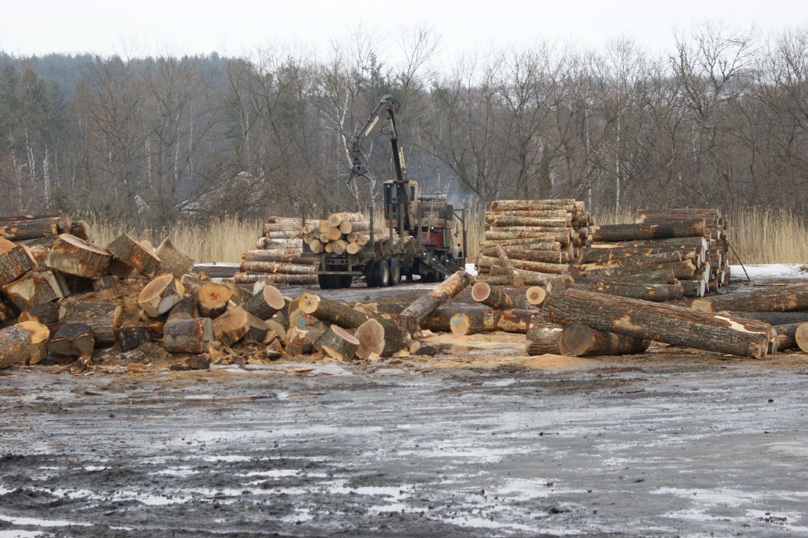Timber Tax
According to the well-known saying, there are only two certain things in this life: death and taxes. The latter of the two applies to your woodlands in the form of Timber Tax. Timber Tax is a complicated topic, and the purpose of this article is to give a brief overview and provide resources for further research.
To begin, Timber Tax refers to taxes involved in timber-related activities. The classification of a timberland as either “for profit” or “not for profit” will affect what expenses are deductible and how losses are treated. Forest management plans help detail and show how a forest is either “for profit” or “not for profit” for tax and legal purposes. This is in addition to plotting the overall management of the forest.
Determining your basis is necessary. The basis of your property is its cost and any other expenditures incurred to acquire the property. If you inherited the property, the basis is the value of the timber on the date of the death of the member from whom you inherited it. This basis is used to calculate the depletion unit needed to determine taxable gain or loss when you sell, cut, or dispose of timber.
While it is not required by the IRS, it is highly recommended to keep a record of timber activities on your land. Accounts that are required in which a cost basis is established are: land, merchantable timber volume, and merchantable timber value. Records can be maintained using a cash accounting system, journal of transactions, or ledger.
When it comes to deductions for management and operating expenses of your woodland, the structure of your timber activities determines how much, if any, you may deduct. There are three main ways to structure your woodland: as an investment, as a business, or as a hobby/personal use. Investment and business woodlands are intended to generate profit. The difference between the two is that in business woodlands, timber activities are more frequent and regular than with an investment woodland. Personal use woodlands are for the enjoyment of the owners and not to make a profit. Deductions for a personal woodland are limited since work is not performed regularly on the parcel. Business and investment woodlands offer more opportunities for deductions. Some examples of deductions include: Tools of short useful life or small cost, hired labor, fees for consulting forestry work, prescribed burning costs, and more.
Other topics surrounding timber tax include casualty loss, depreciation, timber sales, Christmas trees, and much more. For guidance on timber tax check out the resources below.
Check out these resources for more information:
https://www.timbertax.org/– The national website for all things timber tax.
https://www.timbertax.org/publications/fs/taxtips/TaxTip2021.pdf– Frequently asked questions surrounding timber tax.



